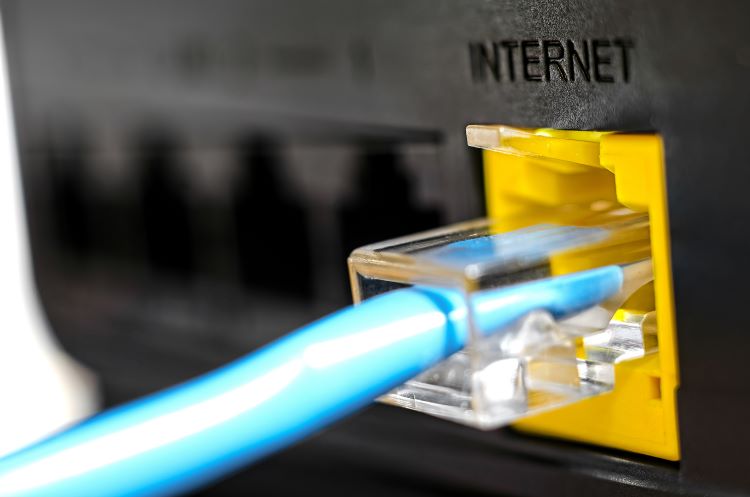Internet Providers in the UK: How to Choose the Right Service
Choosing an internet provider can feel overwhelming when you compare speeds, technology, reliability and customer support. Whether you need a fast connection for remote work, stable wifi for streaming at home, or a network that supports many connected devices, knowing the core differences between providers and the technologies they use helps you pick the best option in your area. This article breaks down the essentials so you can make an informed decision.

What should I look for in an internet provider?
When evaluating an internet provider, focus on consistent speed, uptime, and the provider’s reputation for customer service. Nominal download/upload speeds matter, but real-world performance depends on network congestion, infrastructure type (fibre, cable, DSL), and home wiring. Check whether the provider offers guaranteed service-level agreements or compensation for outages. Also consider installation times, contract length, and whether equipment like routers or set-top boxes are included. Reading recent local reviews and testing trial periods (when available) gives practical insight into actual service quality in your area.
How does technology affect connection quality?
The underlying technology—fibre, cable, DSL or fixed wireless—determines maximum speeds and latency. Full-fibre (FTTP) typically provides the fastest and most reliable connections, with symmetrical upload and download speeds ideal for cloud work and video calls. Cable (coaxial) networks often deliver high download speeds but may have higher latency and shared bandwidth during peak hours. DSL uses phone lines and tends to be slower, especially at longer distances from the exchange. Fixed wireless or 4G/5G home broadband can be useful where wired infrastructure is limited. Match the technology to your household needs and expected usage patterns.
What wifi setup works best for my home and computer needs?
A good wifi plan begins with the provider’s router and extends to how you distribute signal around the home. Modern homes benefit from dual-band routers (2.4GHz and 5GHz), but larger properties or those with thick walls may require mesh wifi systems to ensure even coverage. For heavy tasks—online gaming, 4K streaming, or large file transfers—use wired Ethernet where possible from the router to the computer or streaming device for lower latency and more stable throughput. When comparing providers, check whether they allow third-party routers, supply mesh options, or charge extra for more capable wifi hardware.
How many devices can my network support reliably?
The number of devices a network can support depends on bandwidth, router capacity, and network management. Basic broadband may struggle when multiple devices stream high-definition content simultaneously or when many smart home devices are active. Look for routers with modern chipsets and features like Quality of Service (QoS) that prioritise traffic to maintain performance. For households with many users and smart devices, consider higher-tier plans or fibre connections that offer greater throughput. Ensure your chosen provider’s plans scale for growth in connected devices without excessive throttling.
What security and support should I expect from providers?
Security should be part of your provider’s offering—basic firewall protection, regular firmware updates for supplied equipment, and optional managed security services. Ask if the ISP offers automatic router updates and guidance for password and network segmentation (guest networks). Reliable customer support is crucial: check average response times, availability of technical support channels (phone, chat, online diagnostics), and whether local engineers handle installations and repairs. Independent reviews and local community forums are useful for gauging a provider’s responsiveness and the quality of their technical assistance.
| Provider Name | Services Offered | Key Features/Benefits |
|---|---|---|
| BT | Fibre, ADSL, Full Fibre plans, Home Hub rental | Wide UK coverage, options for business-grade service, integrated customer support |
| Virgin Media | Cable broadband, ultrafast fibre-rich network, TV bundles | High peak download speeds, suitable for heavy streaming and gaming |
| Sky Broadband | ADSL and fibre packages, broadband with TV bundles | Competitive packages with family-focused features and reliable customer service |
| TalkTalk | Fibre and ADSL plans, flexible contract options | Budget-focused plans with optional extras and frequent promotions |
| Plusnet | Fibre and ADSL, simple pricing | Known for straightforward pricing and UK-based customer support |
Prices, rates, or cost estimates mentioned in this article are based on the latest available information but may change over time. Independent research is advised before making financial decisions.
Conclusion
Selecting the right internet provider requires balancing technology, real-world speeds, wifi performance, device capacity and security. For many UK households, full-fibre or high-quality cable services deliver the best long-term experience, while attention to router choice and network layout ensures consistent performance for computers, streaming and smart devices. Review local services in your area, compare what real customers report, and choose the plan that aligns with your usage patterns and support expectations.






